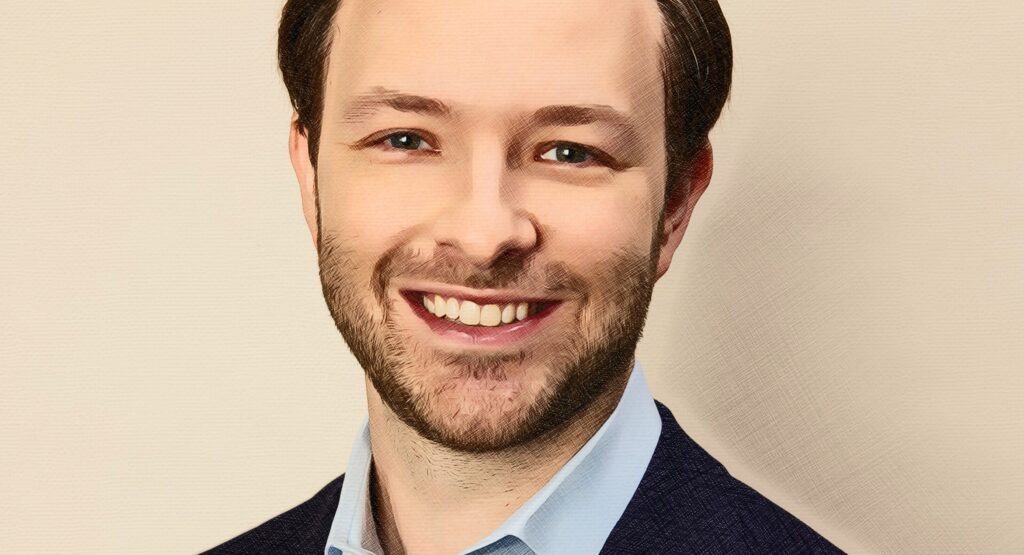Does Corporate Diversity Include Diverse Views?

Diversity is defined as variety, multiformity. Companies have increasingly recognized the many merits and benefits of having a diverse employee base at all levels of an organization, including across leadership. Not only is this the right thing to do, it’s also good for business. But what happens when an executive’s view diverges from a social or political stance of their company?
The recent case of former Levi’s Brand President Jennifer Sey illustrates this issue, which we flagged in our January 2021 article on the blurred lines of company and executive commentary. Just this week, Ms. Sey resigned under purported pressure after voicing opinions about public school closures that were not aligned with Levi’s. Andrew Ross Sorkin’s recent CNBC interview with Ms. Sey explored many of the complex issues that arise when a leader expresses personal views on controversial and polarizing topics.
For example, what is the responsibility of a senior executive – in this case, the person quite literally in charge of the Levi’s brand – to refrain from actions that could damage the brand? Can executives speak out for themselves or are they obligated to always speak for the company when wading into political and social issues? And as more and more public company executives are encouraged to take a stand on the social and political issues of the day, how should a company handle divergent opinions that are expressed on social media and in other public forums?
It is up to companies to enact and implement policies that set clear rules that respect individual views, but also safeguard against rogue action that could harm the enterprise. If a violation occurs, how a company handles it is of great consequence. Too soft a response could suggest that a rule is just a guideline, subject to individual discretion. Too harsh a response and a company may receive unwarranted negative attention, especially if the public is closely divided or even siding with the employee’s point of view. Knowing your key stakeholders is key. Levi’s probably was not expecting voters to oust three members of the San Francisco school board when they asked Jennifer Sey to stay quiet on the issue. How Levi’s employees and customers will react to these developments and added publicity remains to be seen.
Companies can protect themselves from potential missteps by having a clear and updated media policy in place and ensuring executives understand how their social media posts are viewed – either as private discourse or a company’s stance. As our previous post underscored, here are a few high-level steps to consider:
1. Refresh your media policy
2. Clearly communicate and frequently remind employees of the policy
3. Develop mechanisms to enforce the policy fairly and uniformly
4. Carefully consider the appropriate consequences for policy violations
5. Ensure you are prepared to respond to a real-time incident
Communicating your policy and the ramifications for violating it to all employees is critical. Having a coherent plan in place, both in terms of what to do and how to communicate it, will be of great assistance in case a mishap occurs. Any employee that chooses to publicly voice their opinion needs to understand the parameters of doing so and the consequences for not following them.
Get in Touch
For more information about Reevemark or to inquire about a potential engagement, please send us an email.
Email Us


